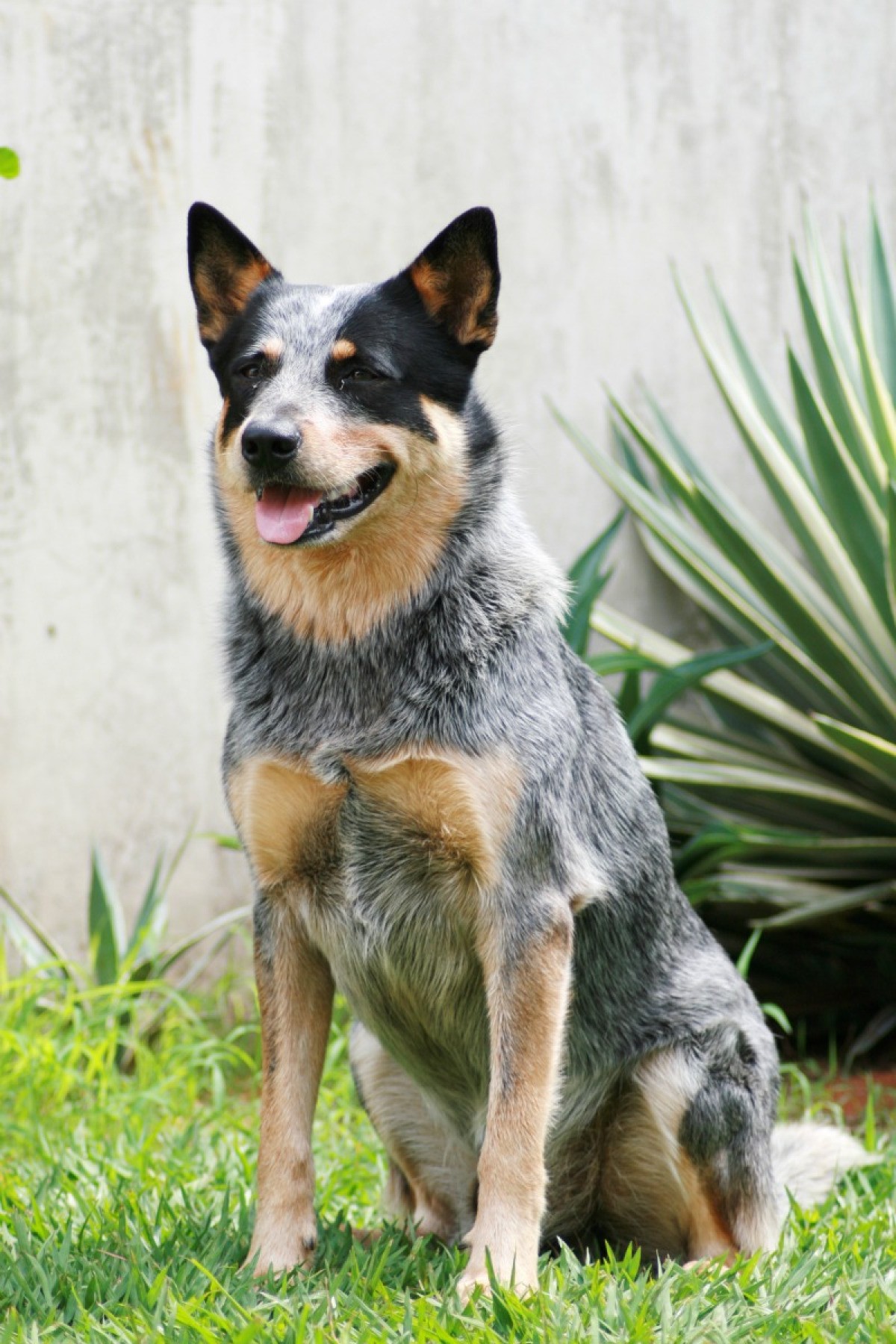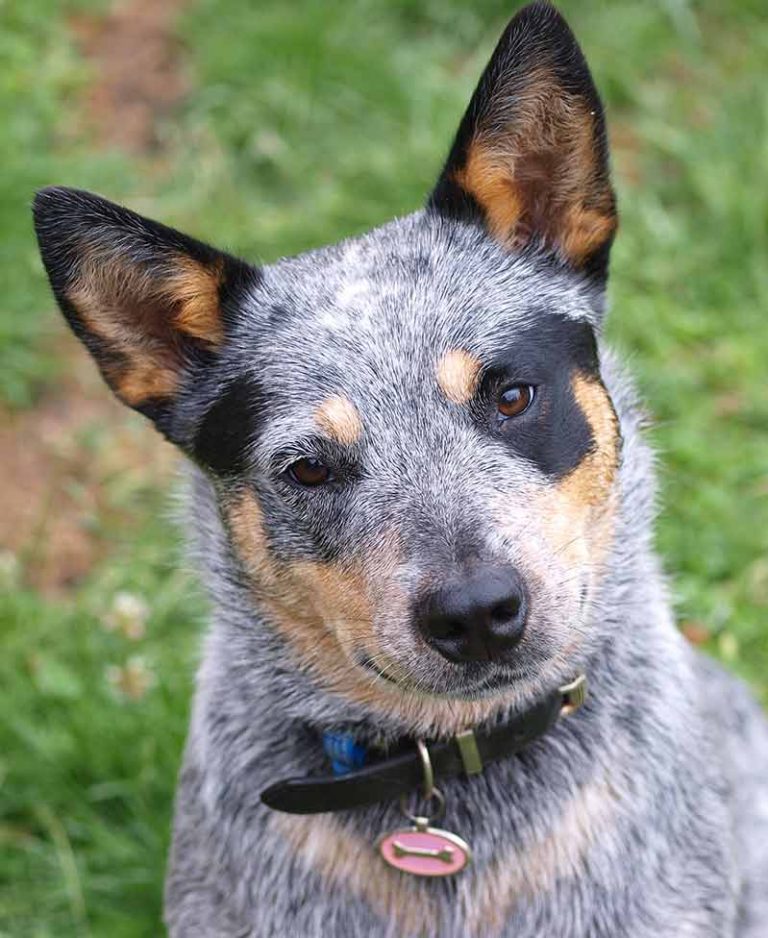Could a dog that thrives in the harsh Australian outback, known for its intelligence, loyalty, and boundless energy, be the perfect companion for you? The Blue Heeler, also known as the Australian Cattle Dog, embodies these qualities and more, making them a fascinating subject for dog lovers and potential owners alike.
The Blue Heeler's story begins in the vast and unforgiving landscapes of Australia. Specifically, the breed's development was a deliberate effort to create a dog capable of handling the arduous task of herding cattle across expansive distances and under the relentless Australian sun. This endeavor started in the 19th century, driven by the needs of farmers seeking a dog that could navigate the challenging terrain and manage unruly livestock. This resulted in a hardy, intelligent breed, perfectly suited for its purpose. The Australian Cattle Dog is not just a dog; it's a testament to the ingenuity and resilience of those who shaped its existence.
To delve deeper, consider the following information about this remarkable breed:
- Alex Landi From Greys Anatomy To Mr Plankton Beyond
- Teresa Giudice Luis Ruelas Tax Trouble Financial Woes
| Attribute | Details |
|---|---|
| Official Name | Australian Cattle Dog |
| Also Known As | Blue Heeler, Red Heeler, Queensland Heeler |
| Origin | Australia |
| Breed Purpose | Herding cattle and other livestock |
| Size | Medium |
| Height | 17-20 inches (43-51 cm) |
| Weight | 35-50 pounds (16-23 kg) |
| Coat | Double coat: short, dense undercoat and a weather-resistant outer coat |
| Coat Colors | Blue (with or without mottling or speckling), Red Speckle |
| Temperament | Intelligent, loyal, energetic, alert, protective, sometimes wary of strangers |
| Exercise Needs | High; requires significant daily physical and mental stimulation |
| Trainability | Highly trainable, responds well to positive reinforcement |
| Health Considerations | Prone to hip dysplasia, progressive retinal atrophy (PRA), and deafness |
| Lifespan | 12-16 years |
| Grooming | Moderate; regular brushing needed, especially during shedding seasons |
| Notable Traits | Herding instinct, high energy levels, intelligence |
| Reference Website | American Kennel Club (AKC) - Australian Cattle Dog |
The creation of the Blue Heeler wasn't a random occurrence. It was the result of a deliberate breeding program, a carefully planned effort to develop a dog that could excel at herding cattle across vast distances under the harsh Australian environmental conditions. This involved crossing various breeds, including the Australian Dingo, Smithfield herding dogs, and other herding breeds like collies, to achieve the desired traits of hardiness, stamina, and intelligence. These dogs needed to be resilient, capable of enduring the long hours and challenging terrain of the outback. The resulting breed, the Blue Heeler, or Australian Cattle Dog, is a testament to the dedication of the early Australian farmers and breeders. They were building a tool, but they accidentally created a legacy. The breed's very existence is a tale of human and animal partnership, born from necessity and purpose.
The Australian Cattle Dog, with its compact but muscular build, is a testament to its working heritage. This breed is known for its agility, quick intelligence, and exceptionally high energy levels. The compact, sturdy build allowed it to withstand the physical demands of its job, while its intelligence enabled it to learn and adapt to various herding strategies. The breed's resilience is further evident in its double coat, designed to protect it from the sun, wind, and rain of the Australian outback.
The Australian Cattle Dog, often referred to as a "Blue Heeler" or "Red Heeler" based on its coat color, is a medium-sized dog with a distinctive appearance. Its short, dense double coat is built for the harsh environment of its origin. The blue dogs are often marked with speckling or mottling, with markings in blue, tan, or black on the head, while red heelers have red speckle with darker red markings. The overall appearance reflects the breed's function: sturdy, agile, and ready for action.
The term "Blue Heeler" is often used to describe this breed, but it is crucial to remember that they are also known as Australian Cattle Dogs. The name "Heeler" is derived from the dog's herding style, where it nips at the heels of cattle to control their movement. This behavior is deeply ingrained in the breed's instincts and is a key element of their working ability. The "blue" in "Blue Heeler" refers to the blue-grey coat color, often with speckling or mottling, which is a hallmark of the breed. Red Heelers, on the other hand, have a red-speckled coat.
The Blue Heeler is a breed that thrives on activity. It's a dog that needs a job to do, a challenge to overcome. This high energy level makes them ideal companions for active individuals and families who can provide the necessary physical and mental stimulation. A bored Blue Heeler can quickly become destructive or develop behavioral issues. Regular exercise, such as running, playing fetch, or participating in dog sports like agility, is essential for their well-being.
Training a Blue Heeler requires consistency, patience, and positive reinforcement. These dogs are intelligent and eager to learn, but they can also be independent and strong-willed. Early socialization is crucial to ensure they interact well with other animals and people. Training should be started early, focusing on basic obedience commands and building a strong bond. Mental stimulation, such as puzzle toys and training sessions, is just as important as physical exercise.
Understanding the history of the Blue Heeler provides a deeper appreciation for their unique qualities. They were bred for a specific purpose, and their characteristics reflect this. Originally bred to handle the rugged outback terrain and herding livestock, these intelligent and hardworking dogs have become popular companions and working animals around the world. They are a mix of dingo, Smithfield Cattle Dogs, and other herding breeds, each contributing unique traits that make the Blue Heeler the breed we know today. Their ancestors adaptability, quick wit, and unrelenting work ethic are all still present in the Blue Heeler.
Beyond their herding abilities, Blue Heelers can make excellent companions for the right owners. Their loyalty, intelligence, and protective nature make them devoted family members. However, they are not suited for everyone. They require owners who are committed to providing ample exercise, training, and mental stimulation. If you're considering adding a Blue Heeler to your family, be prepared for a long-term commitment to a dog that will demand your time, energy, and attention. In return, you'll gain a loyal and loving companion.
The Australian Cattle Dog (also known as a Blue or Red Heeler) has become increasingly popular over the last decade for his fun and flamboyant personality while being noticed for his dazzlingly unique looks. They are smart, and great for doggy trivia night. A classic working dog, the determined heeler pup is ready and raring to go, whether it means herding cattle across the wilderness or chasing a tennis ball across the park. The compact but muscular blue heeler or queensland heeler is most commonly known as the australian cattle dog. These are resilient herders who are at the top of the class when it comes to intelligence.
The American Kennel Club first registered Blue Heelers in 1980 and classifies the breed as a part of the herding group. Blue Heelers have long, sturdy bodies, pointed ears, rounded heads, and strong legs and necks. The heeler has no reservations about getting their paws dirty.
Tracing the story of the Blue Heeler delves into the captivating saga of a breed whose roots intertwine with the rugged expanses of Australias pastoral heritage, forging a legacy of resilience and adaptation amidst the challenges of the outback. The Australian Cattle Dog is a rising star in the canine world.
In summary, the Blue Heeler, or Australian Cattle Dog, is a breed of remarkable character and capability. Their history is etched in the landscape of Australia, and their enduring popularity speaks to their adaptability and charm. If you can meet their needs, a Blue Heeler can bring a unique blend of loyalty, intelligence, and energy into your life.


Detail Author:
- Name : Mr. Bertrand Spinka
- Username : zoey.medhurst
- Email : anderson.blaze@gmail.com
- Birthdate : 2006-12-08
- Address : 171 Houston Fords Alexandreaport, ME 02922
- Phone : 425-681-7800
- Company : Wolff-Koch
- Job : Stone Cutter
- Bio : Voluptas adipisci sequi veniam molestias commodi pariatur. Perspiciatis voluptatem natus eum qui similique eos. Perspiciatis sit sed quibusdam rem temporibus vero. Et nisi quasi nisi atque.
Socials
tiktok:
- url : https://tiktok.com/@london_hamill
- username : london_hamill
- bio : Aut magnam labore animi alias.
- followers : 5510
- following : 734
facebook:
- url : https://facebook.com/london_real
- username : london_real
- bio : Voluptate est voluptas numquam et. Sint eveniet quia aut nemo quis odio quam.
- followers : 2697
- following : 2503
linkedin:
- url : https://linkedin.com/in/london_official
- username : london_official
- bio : Consequuntur cum occaecati in.
- followers : 6427
- following : 2185
twitter:
- url : https://twitter.com/lhamill
- username : lhamill
- bio : Vero quaerat sapiente earum unde. Libero saepe cupiditate ducimus laboriosam. Omnis nihil voluptas voluptatem ullam omnis itaque modi.
- followers : 4820
- following : 2190